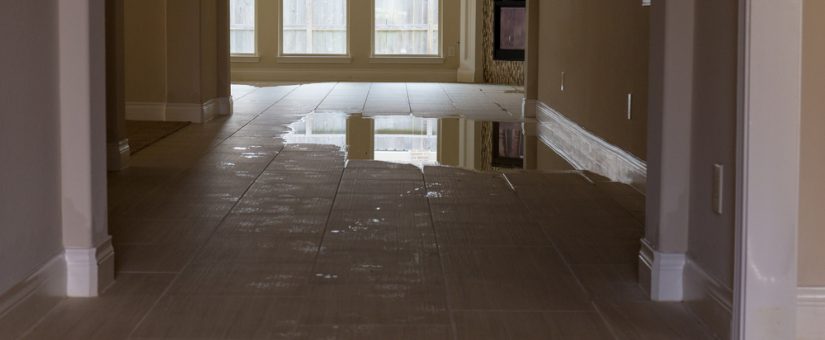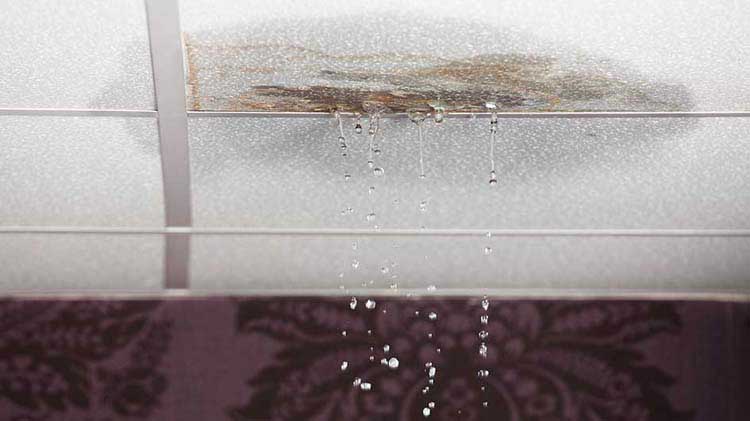Unveiling the Primary Sources of Leakage Within Your Home
Unveiling the Primary Sources of Leakage Within Your Home
Blog Article
We have stumbled upon the article pertaining to How to Find Water Leaks listed below on the web and accepted it made sense to talk about it with you on this page.

Leaks not just create waste of water however can also create unnecessary damages to your house and promote undesirable organic growth. Water leaks might go undetected given that many of the pipework in our house is hidden. By understanding and looking for daily circumstances that cause leakages, you can shield your house from future leaks and also unnecessary damages. Today, we will look at 6 leak creates that may be creating your pipes to trickle.
Immediate temperature level adjustments.
Extreme temperature level changes in our pipelines can trigger them to expand as well as get all of a sudden. This expansion and tightening might trigger fractures in the pipelines, especially if the temperature are below cold.
Corroded water systems
This could be the reason of discoloration or warping on your water pipes. If our plumbing system is old, consider changing the pipelines since they are at a higher risk of rust than the newer versions.
Defective Pipe Joints
The factor at which your pipes attach is frequently the weakest link in the waterline. Pipe joints can weaken in time, leading to water leakages. Regrettably, most of pipe joints are not conveniently noticeable. If you have noisy pipelines that make ticking or banging sounds, specifically when the hot water is switched on, your pipeline joints are most likely under a lot of stress. It is recommended to have your plumber check your system yearly.
Intruding roots
The majority of water leakages begin outside your house rather than inside it. If you notice an abrupt decrease in water pressure, claim in your faucet, take time to go out as well as analyze your lawn. You could discover damp patches or sinkholes in your lawn, and that could suggest that tree roots are attacking water lines triggering water to seep out. You can have your plumber check for invasion, specifically if you have trees or shrubs near your building.
Poor Water Connectors
At times, a leakage can be caused by loosened hose pipes as well as pipelines that provide your appliances. In instance of a water links leakage, you might discover water running straight from the supply line or puddles around your home appliances.
Obstructed Drains
Blocked drains pipes might be aggravating and also inconveniencing, however they can sometimes end up creating an overflow leading to rupture pipes. Keep eliminating any kind of materials that may decrease your drains pipes that can clog them to prevent such troubles.
All the above are sources of leaks yet not all water leaks arise from plumbing leakages; some leakages may come from roof leaks. All leakages ought to be repaired quickly to avoid water damages.
Leakages not just create waste of water but can also trigger unnecessary damages to your home and also advertise undesirable organic growth. By looking and also understanding for day-to-day circumstances that cause leakages, you can secure your residence from future leakages and unnecessary damage. Today, we will look at six leakage triggers that might be triggering your pipelines to trickle.
At times, a leak can be created by loosened pipes as well as pipes that supply your appliances. In instance of a water connections leak, you may observe water running straight from the supply line or puddles around your appliances.
How To Check For Water Leak In Your Home
How To Check for Leaks
The average household's leaks can account for nearly 10,000 gallons of water wasted every year and ten percent of homes have leaks that waste 90 gallons or more per day. Common types of leaks found in the home are worn toilet flappers, dripping faucets, and other leaking valves. These types of leaks are often easy to fix, requiring only a few tools and hardware that can pay for themselves in water savings. Fixing easily corrected household water leaks can save homeowners about 10 percent on their water bills.
To check for leaks in your home, you first need to determine whether you're wasting water and then identify the source of the leak. Here are some tips for finding leaks:
Take a look at your water usage during a colder month, such as January or February. If a family of four exceeds 12,000 gallons per month, there are serious leaks.
Check your water meter before and after a two-hour period when no water is being used. If the meter changes at all, you probably have a leak.
Identify toilet leaks by placing a drop of food coloring in the toilet tank. If any color shows up in the bowl after 10 minutes, you have a leak. (Be sure to flush immediately after the experiment to avoid staining the tank.)
Examine faucet gaskets and pipe fittings for any water on the outside of the pipe to check for surface leaks.
Undetected water leaks can happen without the home or business owner even realizing. If you suspect a water leak, but not able to find the source. It is time to contact a professional water leak detection service, The Leak Doctor.
How To Find a Water Leak In Your Home
https://www.leakdoctor.com/blog/How-To-Check-For-Water-Leak-In-Your-Home_AE197.html

As an avid person who reads on Common Water Leaks In House, I think sharing that excerpt was important. Sharing is caring. Helping others is fun. I love reading our article about Top Causes of Home Water Leaks.
Find Out More Report this page